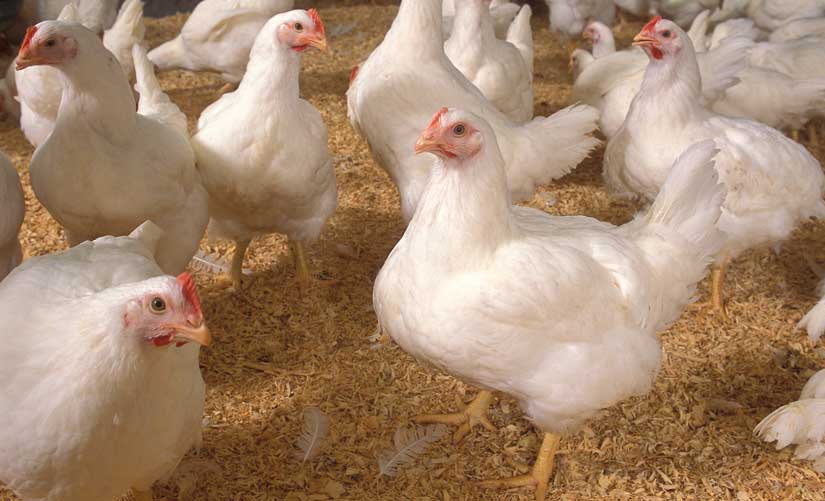New NREL Partnership Is Nothing To Bawk At
The National Renewable Energy Laboratory (NREL) is partnering with the USDA-Agricultural Research Service (USDA-ARS) to design, build, and evaluate energy use models to increase energy efficiency in broiler houses.

Energy is one of the highest expenses for a poultry farmer—second only to the farm’s mortgage.
More specific to broiler producers (farmers who raise chickens specifically for meat), electricity plays an important role for ventilation, lighting, and electric motors for feedlines, and propane or natural gas is used to power radiant heaters to maintain thermal comfort.
Broilers are raised in large barns that can house more than 30,000 birds at one time. These houses provide climate control for each stage of a broiler’s life—warmer when they are smaller and less able to regulate their body temperature, and cooler as they grow bigger. Ventilation and temperature control, between 64–92°F depending on life stage and market weight, is key to keeping chickens healthy and comfortable.
Ensuring reliable and cost-effective energy sources is critical to the operation of the approximately 25,000 U.S. family farms that house broiler chickens and/or egg-producing chickens. In this first stage of the newly formed partnership with USDA-ARS, NREL building researchers will create the initial modeling of a prototypical broiler house to establish a baseline, evaluate energy-efficient alternatives, and determine the aggregated loads necessary to meet energy demands.
“Our partnership with NREL will provide U.S. farmers access to expert insight from building researchers and their state-of-the-art modeling tools so they can continue adopting sustainable agriculture practices,” said Jody Purswell, USDA-ARS agricultural engineer. “We’re proud of the continued efforts that have made chicken production in the U.S. more sustainable than ever, boasting a 50% decreased environmental footprint since 1965.”
USDA-ARS has been conducting research on improvements to broiler houses for several years. Previous and current research objectives include assessing energy and input resource requirements for environmental control strategies for modern broiler housing.
“This is a unique partnership that allows NREL to leverage our capabilities to identify opportunities for energy savings on poultry farms,” said Marcus Bianchi, NREL Buildings senior research engineer and business development lead. “As we dive into the research, our team will explore key questions, such as ‘What is the role of lighting in energy use?’ and ‘What is the effect of air infiltration on energy use of broiler houses?’”
NREL will use its established software tools, such as EnergyPlus® and OpenStudio®, to develop the detailed broiler house models needed to consider all significant energy, including lighting, heating, and ventilation cooling. Water usage will also be assessed, and the models will include multiple variables for different operating conditions and climates.
The long-term partnership with USDA-ARS is part of NREL’s larger industrial buildings research initiative to improve energy efficiency in buildings designed as livestock houses, vertical farms, cold storage facilities, warehouses, and more.
Learn more about NREL’s state-of-the-art laboratory facilities and how to work with us to find solutions to your technical building challenges.
Last Updated May 28, 2025
